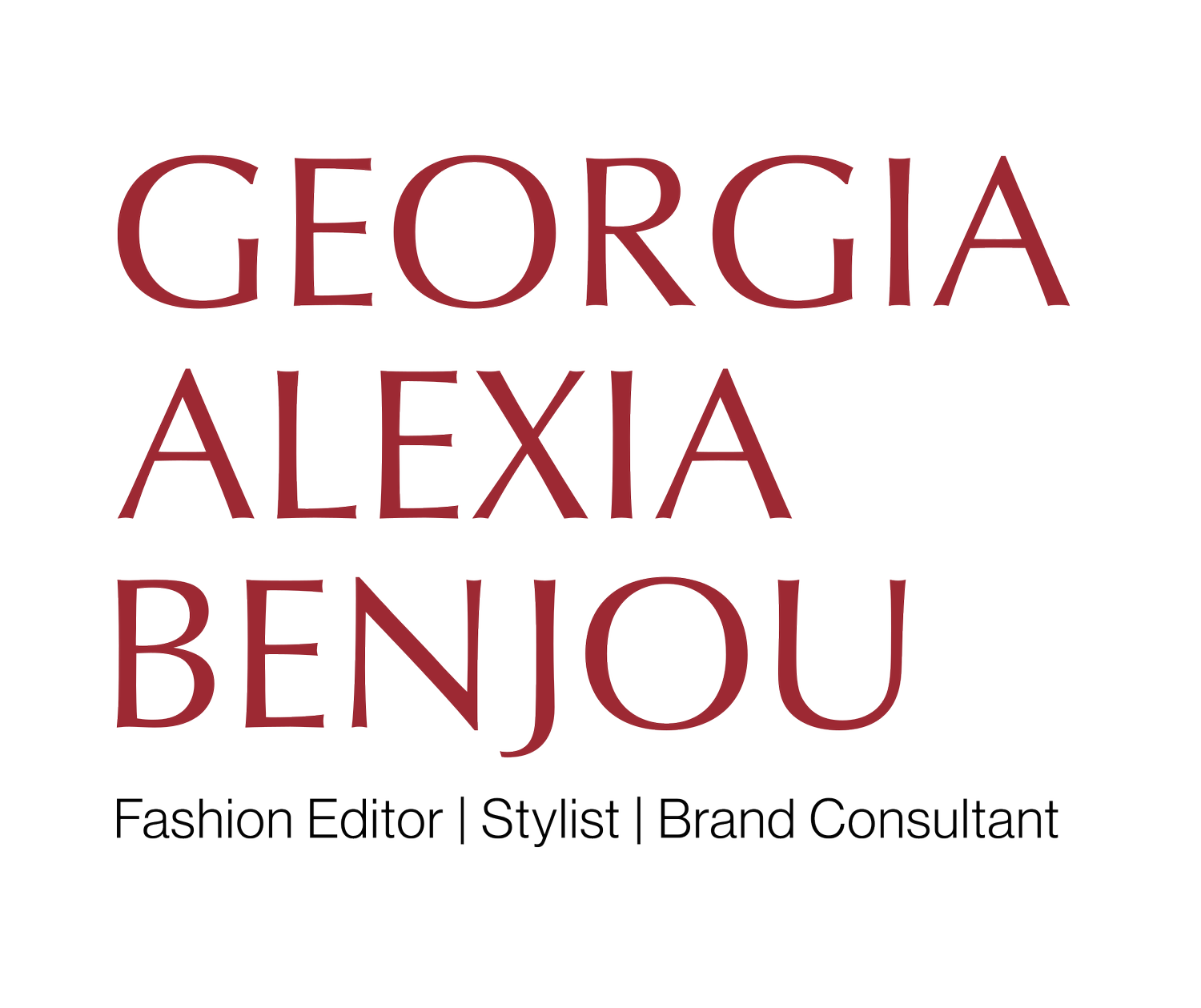Creativity vs. Commercialism
Glen Martens’ decision to forego a Y/Project show for Fall 2024 elicited unanimous dismay among editors in Paris. Martens, a runway favorite for his unique draping and sculptural silhouettes, told Vogue it was due to “cash flow” problems. That a designer of Martens caliber is experiencing money issues even as fashion is suffering from an outbreak of sameness is perplexing.
From the homogenous products flooding the catwalks to the bland visual assets that ultimately feature them, creatives industry-wide are avoiding radical fashion statements. Even storytelling is conspicuously absent from several major brands. In a design-centric industry, it feels like we’re experiencing a rift between creativity and commercialism.
Take the house of Chanel, for example, which seems content to just raise its handbag prices while allowing the fashion business to stagnate. While Virginie Viard sent some lovely clothes down the runway for fall, she’s not a fashion visionary; none of her shows have given Chanel fresh relevance. Indeed, she seems beholden to Karl Lagerfeld’s design legacy more than to Chanel herself. It’s an odd position to find a house whose founder was a fashion revolutionary.
Dries Van Noten, Spring 2016, photo courtesy of FashionStock.com / Shutterstock
Then there were the post-fashion month bombshells that Dries Van Noten would be retiring, and Pier Paolo Piccioli was leaving Valentino. That two celebrated designers with well-defined visions for their respective brands were stepping down had everyone in the industry speculating what had gone wrong. Van Noten’s elegant announcement hinted that he wanted to pursue other creative avenues and will lead the search for his successor. However, Piccioli’s departure feels different.
Under Piccioli’s leadership Valentino had strong growth. The house generated $1.56 billion in revenue in 2022, with profit margins growing by 18% and sales rising by 10% according to Retail Bum. Yet, there were hints that all was not sympatico. In a New York Times interview before his January couture show, Piccioli lamented the dominance of big money in creative industries – from music to art to fashion – and the diminished role of a designer’s vision.
And almost as if to prove his point, just six days after announcing Piccioli’s departure, Valentino released a statement that Alessandro Michele would be their new creative director. Obviously, Valentino CEO Jacopo Venturini – who came from Gucci where he was the Executive Vice President of Merchandising and worked closely with Michele - is looking to replicate the kind of social media hype, product push, and sales the duo achieved while there (they nearly tripled the annual sales in seven years). Michele’s aesthetic may come off as kind of kooky, but his item-driven collections translate to sales.
VLogo handbag, photo courtesy of Report / Shutterstock
But while Michele creatively led Gucci after Frida Giannini’s rather lackluster run, Piccioli’s work has garnered consistent acclaim and been directional throughout his tenure. How well and for how long this arrangement will work for Valentino is anyone’s guess since – for one - Michele lacks formal training in haute couture. One does hope he will shed the kitschy aspects of his aesthetic that overshadowed Gucci and grew tiresome after a few seasons and maintain the high design and quality standards for which Valentino is renowned.
And that’s the big question hanging over his appointment. Consider Gucci's current predicament: The brand is grappling with the challenge of restoring its once-understated luxury aesthetic and high levels of product quality under Sabato De Sarno's leadership. The issue isn’t designers being replaced; designers need new creative challenges and brands need new creative directions. However, the relentless pursuit by brands to increase sales feels like it’s coming at the expense of innovative design, top-notch quality, and their own DNA.
Dries Van Noten taking a bow at his Spring 2016 show, photo courtesy of FashionStock.com / Shutterstock


